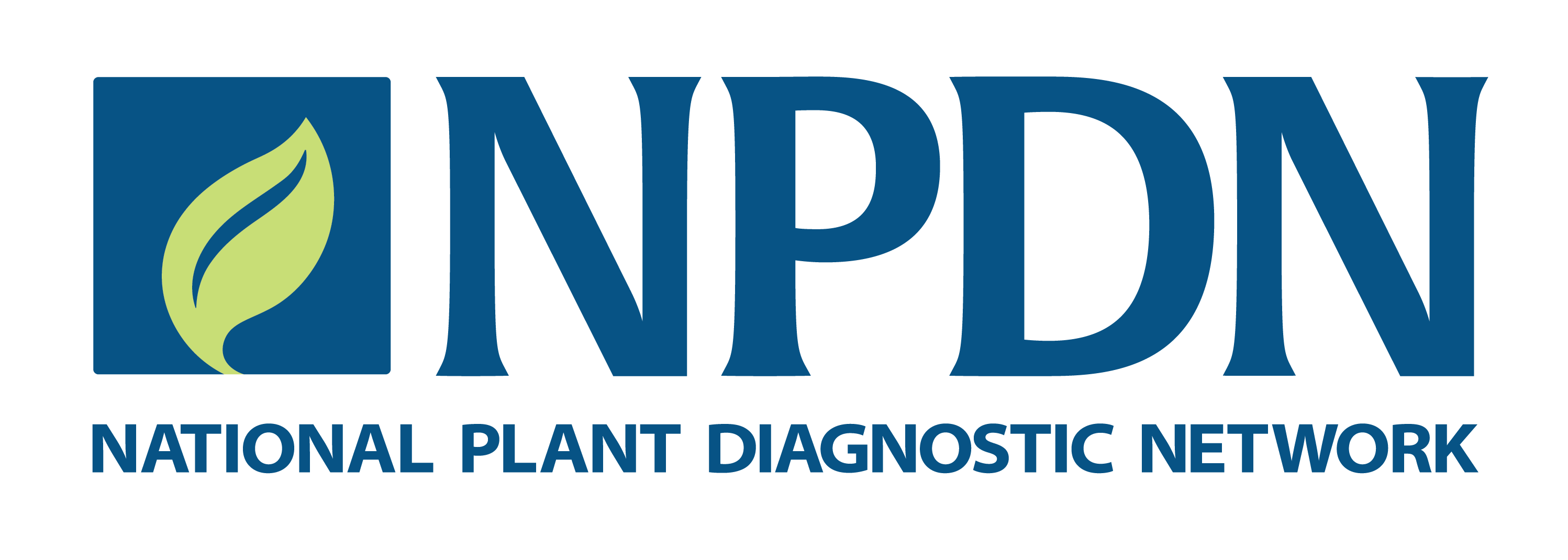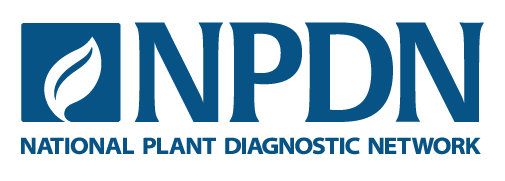West Virginia University Plant Diagnostic Clinic (NEPDN)
Give us a little history of your lab.
The diagnostic lab has been in operation since 1995 and serves the entire state of West Virginia. We average about 500 samples a year. A biologist with the West Virginia Department of Agriculture cooperates with the lab primarily by providing entomological diagnoses. Our lab is not yet STAR-D accredited.
How many people work in the WVU clinic and what are their responsibilities?
The clinic is staffed by three people.
Dr. Mahfuz Rahman is an Extension associate professor and director of the diagnostic clinic. He has teaching, research, and service responsibilities. In addition to directing clinic operations, diagnosing samples and managing the NPDN grant, Dr. Rahman pursues applied research projects to solve endemic disease problems on multiple commodities, with an emphasis on fruits and vegetables. He also coordinates with state and federal agency contacts to investigate emerging invasive pest issues in West Virginia.
Whitney Dudding was recently promoted to the diagnostician position after serving the clinic as a technician since 2016. She receives and processes samples, conducts laboratory tests requested by Dr. Rahman, enters samples into PDIS, maintains the lab’s sample records, and orders supplies.
Nur Alam Miah is a laboratory technician whose primary responsibility is performing molecular diagnostics of fungal and bacterial pathogens using PCR and sequencing.
Does the WVU Plant Diagnostic Clinic offer any specialized testing? If so, what are your specialties and what motivated your lab to specialize in these areas?
Yes, our lab provides fungicide resistance testing for fungal pathogens of economic importance. Our tree fruit growers rely on fungicides for managing various diseases in their orchards. Disease control failures experienced by our growers prompted our testing pathogens for resistance.
Does your lab charge a fee for services?
No. The decision to provide a free service was made because many of our growers are relatively small.
What is the best/worst part of being a diagnostician?
I have Extension responsibilities that include teaching and applied research together with service. Diagnostics fulfills part of my service commitment, but it really keeps me updated on the major disease problems in West Virginia that need attention. Most of my applied research projects were inspired by diagnostic data. The downside of being a diagnostician is that diagnosing takes more time than my significant areas of contribution (teaching and research).
What is one of your lab’s most significant or proudest accomplishments?
Development of a diagnostic method to detect anthracnose latent infection in strawberry foliage and discriminating Colletotrichum acutatum and Colletotrichum gloeosporioides by qPCR from mixed latent infections.
What is one of the biggest challenges for your diagnostic lab?
No state support for a diagnostician. I am supported by the state as an Extension plant pathologist, but staff support relies entirely on grant funding.
What more can NPDN do to assist your lab?
Provide salary support for a diagnostician.
What advice would you give a new diagnostician?
Avail yourself of training in all areas of diagnostics.

